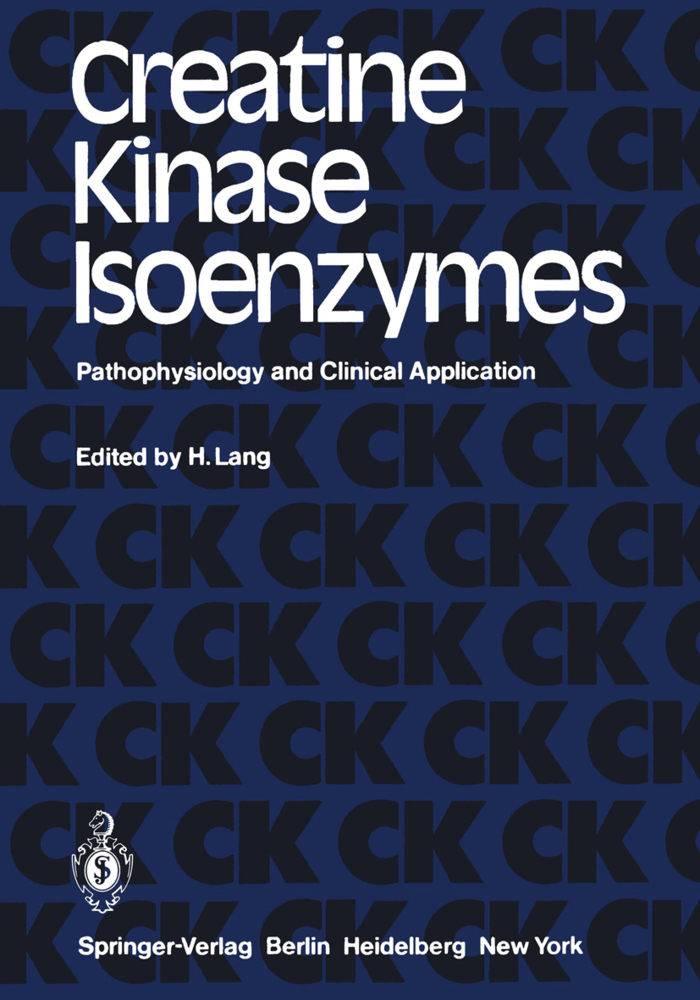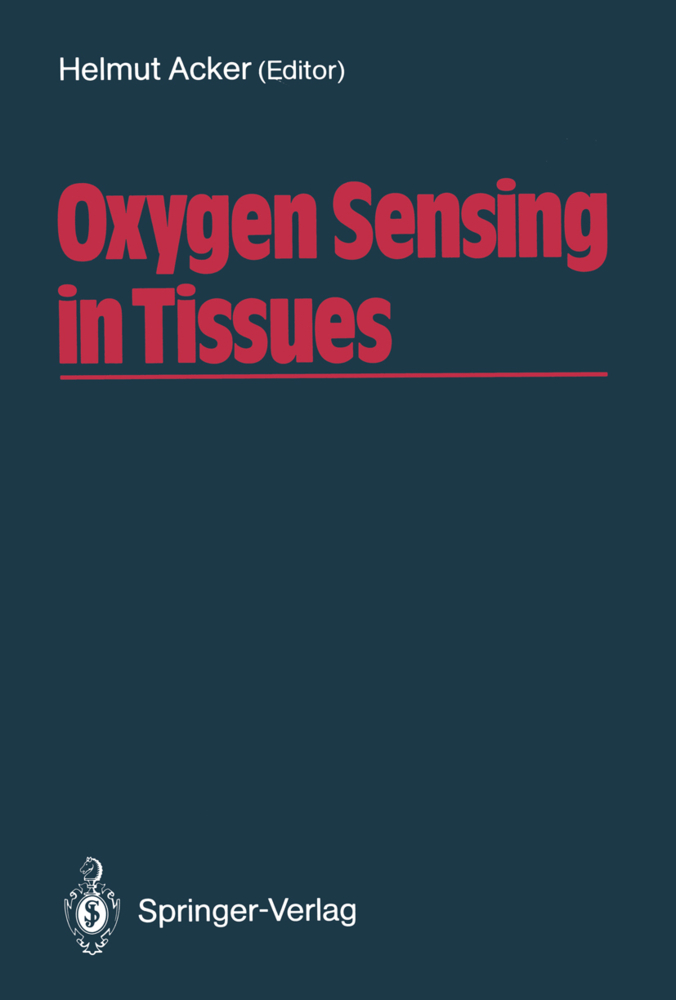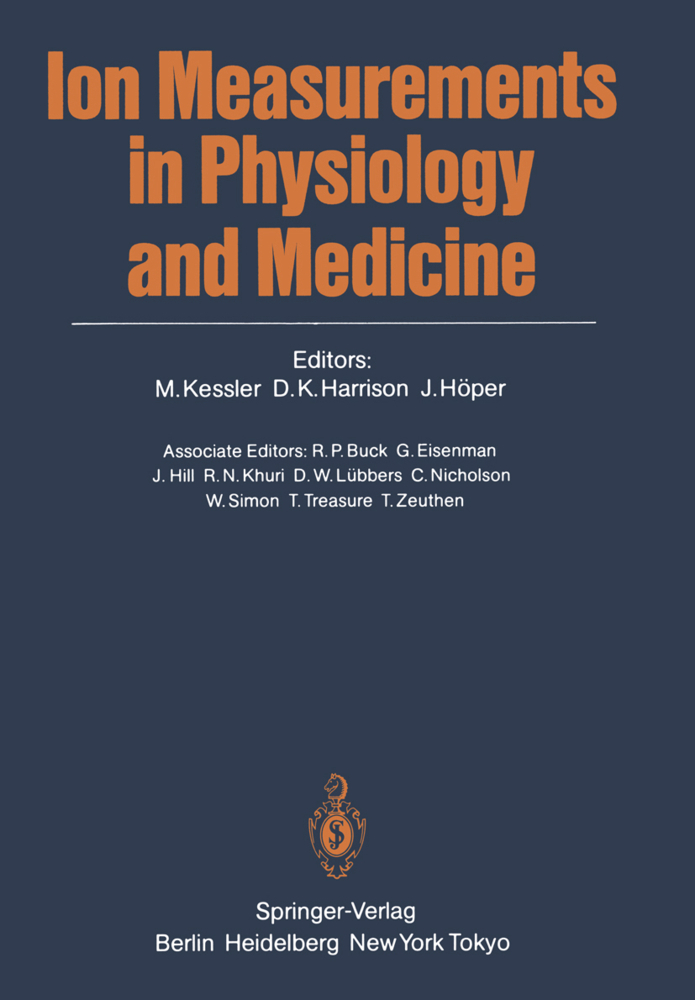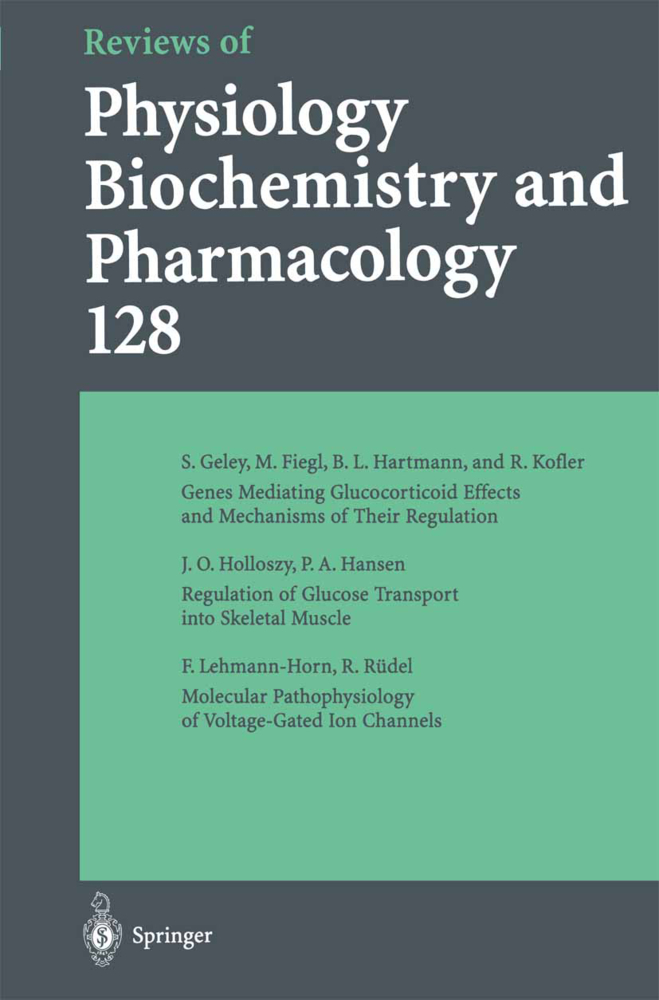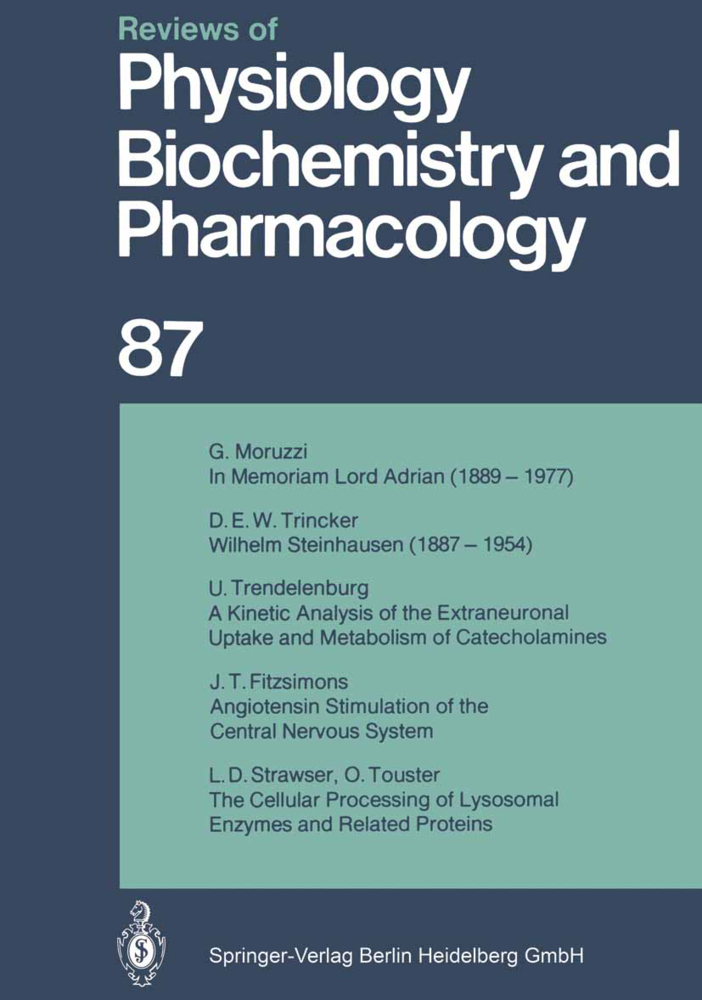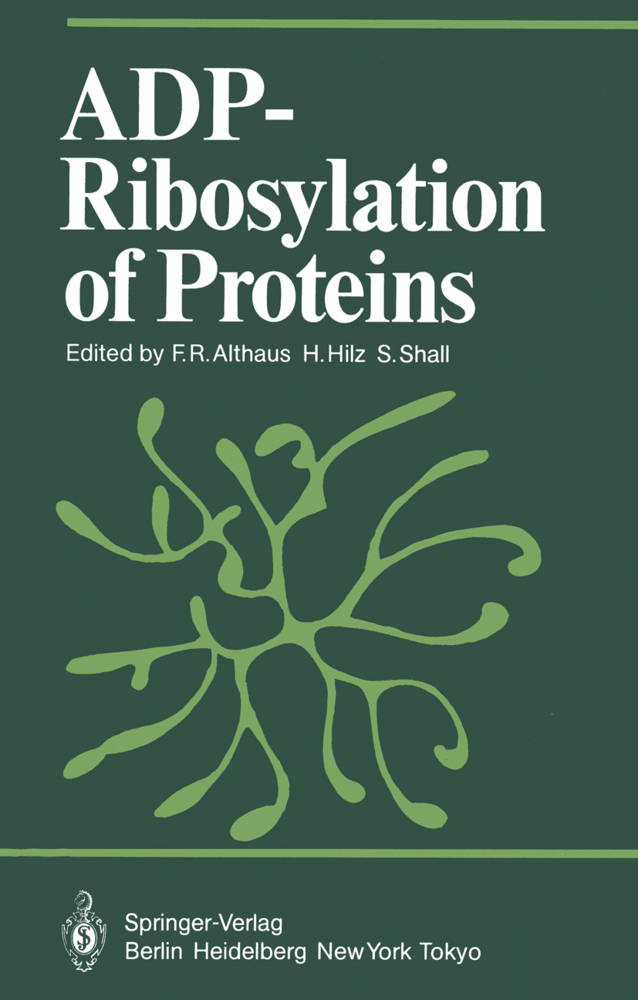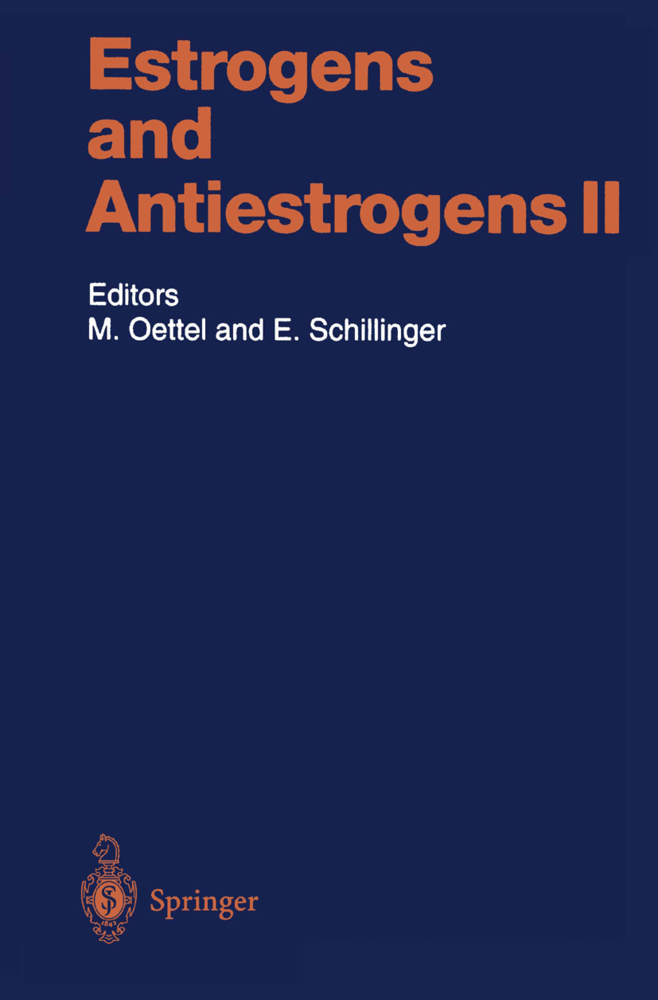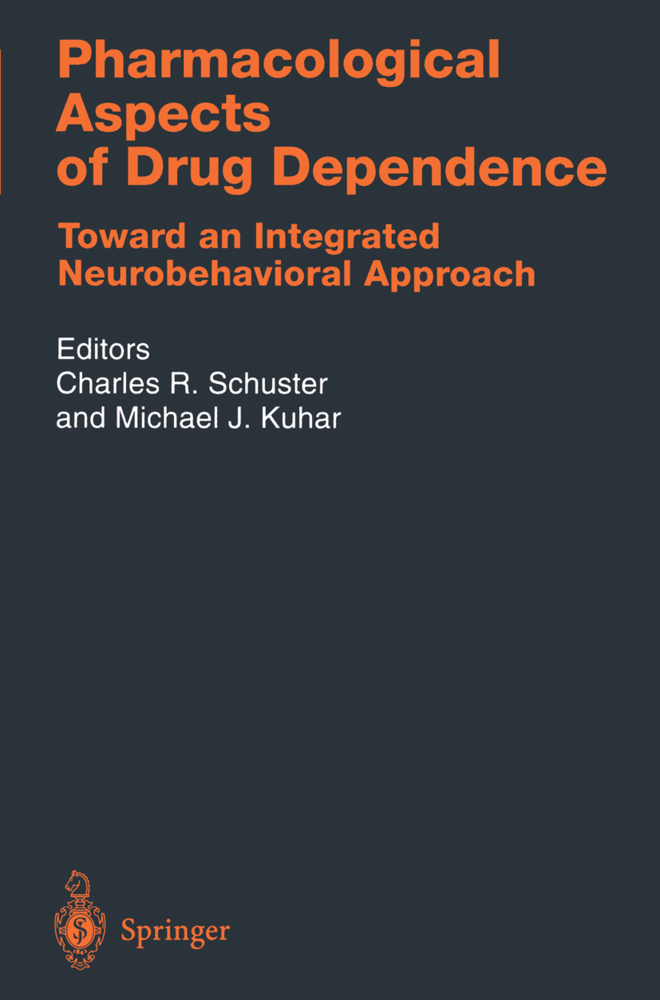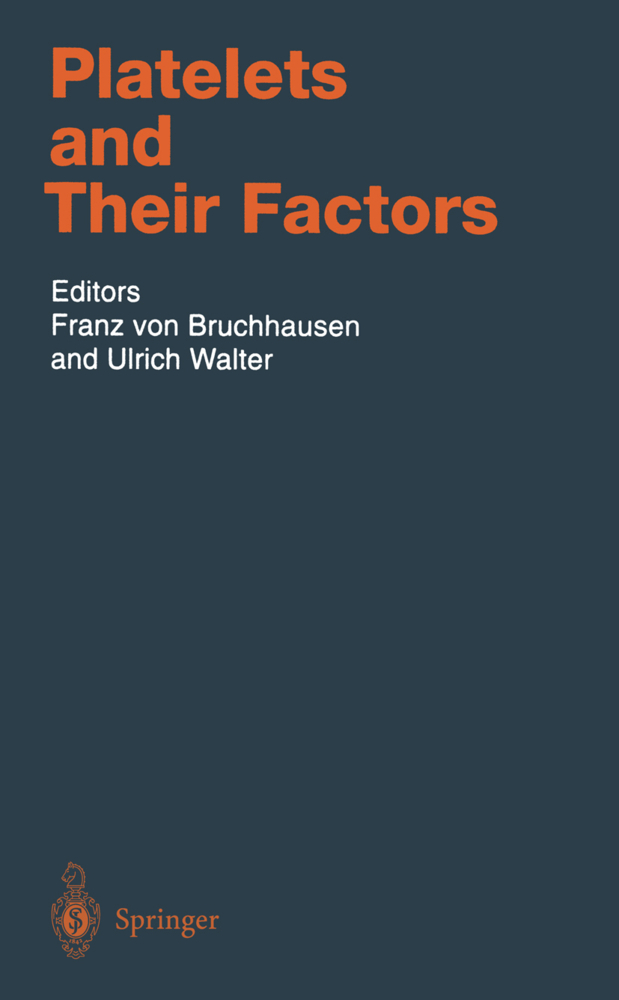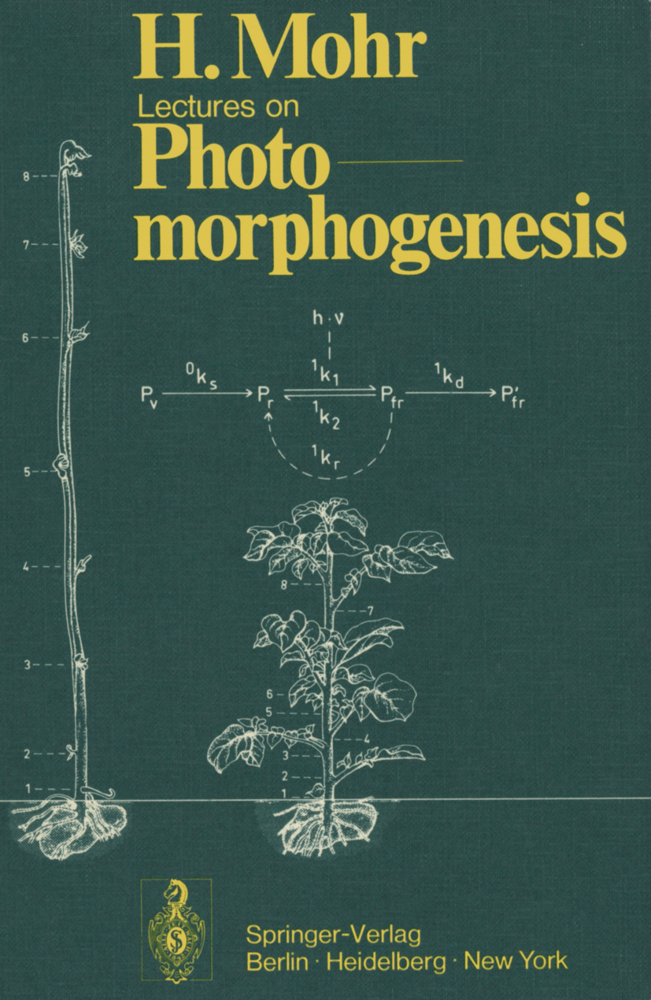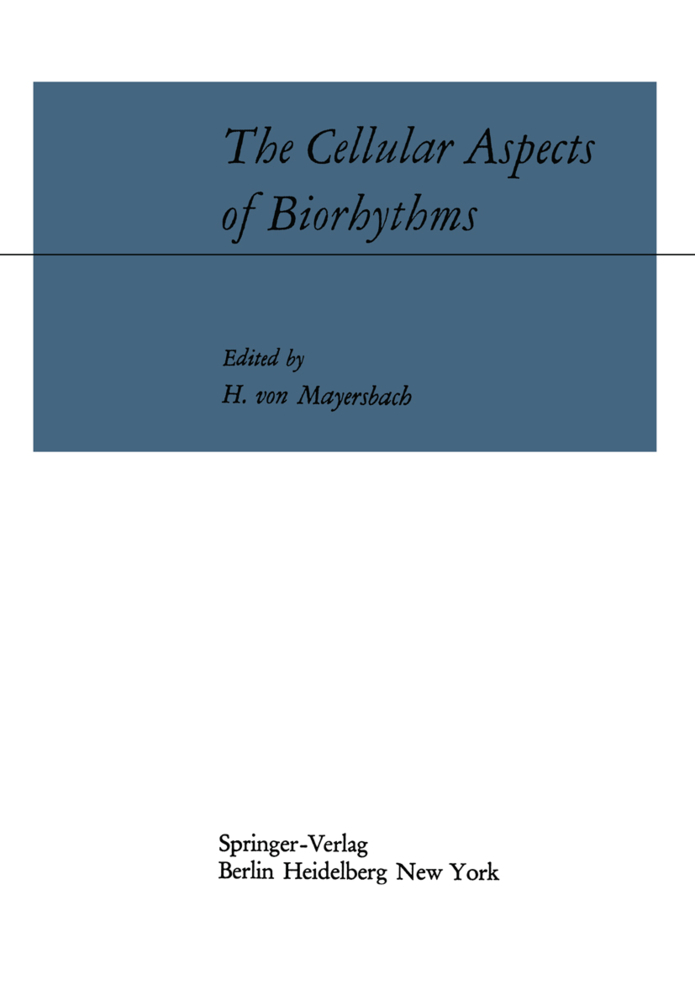Creatine Kinase Isoenzymes
Pathophysiology and Clinical Application
Creatine Kinase Isoenzymes
Pathophysiology and Clinical Application
No one has counted the enzymes in the human organism, and probably their profuse number can only be estimated from the restrictions the finite mass of genetic material imposes. Still, nu merous catalytic activities have been identified and investigated for their clinical relevance. After one century of such research, surprisingly, only a handful of enzymes has survived the stern trial of clinical application to find regular medical use. Dis regarding genetic defects, most of the diagnostically used en zymes participate in metabolic conversions fundamental to life: the utilization, transfer or fixation of vital nutrients or of cheJ,llical energy. Creatine kinase is central to the function of the mitochond rion, the cellular power generator. The wider distribution of this enzyme is linked to tissues whose physiology crucially relies on an adaptable supply of energy, notably skeletal muscle, the brain, and the heart. Just as these three tissues vary in their pre ference for different energy sources, each produces a different isoenzyme of creatine kinase. Accordingly, the finding of elevat ed creatine kinase activity in blood can lead to a variety of interpretations, but in practice the diagnosis of acute myocardial infarction is the major consideration.
1.2 Creatine Kinase in Clinical Chemistry
1.3 Creatine Kinase Isoenzymes
1.4 Scope and Summary of this Book
2 Creatine Kinase Isoenzymes
2.1 The Cytoplasmic Isoenzymes from Human Tissues
2.2 The Mitochondrial Isoenzyme from Human Heart Muscle
3 Methods for Differentiation and Quantitation of Creatine Kinase Isoenzymes
3.1 Methods for Determination of Creatine Kinase Activity
3.2 Differentiation of Isoenzymes by Non Immunological Methods.
3.3 Measurement of Isoenzyme Activity by Immunological Methods.
3.4 Experimental Comparison of Methods for Differentiation of Isoenzymes
3.5 Measurement of Isoenzyme Concentration by Immunoassay.
4 Tissue Specific and Subcellular Distribution of Creatine Kinase Isoenzymes
4.1 Tissue Specific Distribution
4.2 Subcellular Distribution
4.3 Ontogeny
5 Clinical Results: Myocardium
5.1 Myocardial Infarction
5.2 Infarct Size Estimation from Serial Analyses of CK and Isoenzyme Activity.
5.3 Perioperative Infarction
5.4 Complications, Differential Diagnosis, and Diagnostic/ Therapeutic Procedures Associated with Myocardial Infarction.
5.5 Heart Failure and Inflammation.
6 Clinical Results: Skeletal Muscle
6.1 Direct Skeletal Muscle Damage.
6.2 Muscular Dystrophies.
6.3 Hypothyroidism.
6.4 Various Muscular Diseases.
6.5 Collagen Diseases.
7 Clinical Results: Central Nervous System
7.1 Cerebral Diseases.
7.2 Acute Psychosis.
8 Clinical Results: Gastrointestinal Tract, Liver, and Pancreas.
8.1 Gastrointestinal Tract Diseases
8.2 Liver Diseases
8.3 Pancreatic Diseases
9 Clinical Results: Kidney and Urogenital Tract.
9.1 Renal Diseases
9.2 Prostatic Carcinoma
10 Clinical Results: Intoxication
10.1 Exogenous Intoxication.
10.2 Alcoholism.
11 Clinical Results: Perinatal Period.
11.1 Enzymes in Pregnancy
11.2 Myometrium and Placenta
11.3 Maternal Serum During Pregnancy, Labor, and After Delivery
11.4 Cord Blood
11.5 Discussion
11.6 Summary
12 The Creatine Kinase 242 BB Isoenzyme.
12.1 Distribution ofCK-BB in Human Tissues
12.2 Problems in Evaluation of Published Data
12.3 Serum CK-BB Activity
12.4 CK-BB in Cerebrospinal Fluid
12.5 "Idiopathic" and "Macro" Serum CK-BB
12.6 Genetic Variants
12.7 Summary
References
List of Abbreviations.
1 Introduction
1.1 Creatine Kinase in Muscular Metabolism1.2 Creatine Kinase in Clinical Chemistry
1.3 Creatine Kinase Isoenzymes
1.4 Scope and Summary of this Book
2 Creatine Kinase Isoenzymes
2.1 The Cytoplasmic Isoenzymes from Human Tissues
2.2 The Mitochondrial Isoenzyme from Human Heart Muscle
3 Methods for Differentiation and Quantitation of Creatine Kinase Isoenzymes
3.1 Methods for Determination of Creatine Kinase Activity
3.2 Differentiation of Isoenzymes by Non Immunological Methods.
3.3 Measurement of Isoenzyme Activity by Immunological Methods.
3.4 Experimental Comparison of Methods for Differentiation of Isoenzymes
3.5 Measurement of Isoenzyme Concentration by Immunoassay.
4 Tissue Specific and Subcellular Distribution of Creatine Kinase Isoenzymes
4.1 Tissue Specific Distribution
4.2 Subcellular Distribution
4.3 Ontogeny
5 Clinical Results: Myocardium
5.1 Myocardial Infarction
5.2 Infarct Size Estimation from Serial Analyses of CK and Isoenzyme Activity.
5.3 Perioperative Infarction
5.4 Complications, Differential Diagnosis, and Diagnostic/ Therapeutic Procedures Associated with Myocardial Infarction.
5.5 Heart Failure and Inflammation.
6 Clinical Results: Skeletal Muscle
6.1 Direct Skeletal Muscle Damage.
6.2 Muscular Dystrophies.
6.3 Hypothyroidism.
6.4 Various Muscular Diseases.
6.5 Collagen Diseases.
7 Clinical Results: Central Nervous System
7.1 Cerebral Diseases.
7.2 Acute Psychosis.
8 Clinical Results: Gastrointestinal Tract, Liver, and Pancreas.
8.1 Gastrointestinal Tract Diseases
8.2 Liver Diseases
8.3 Pancreatic Diseases
9 Clinical Results: Kidney and Urogenital Tract.
9.1 Renal Diseases
9.2 Prostatic Carcinoma
10 Clinical Results: Intoxication
10.1 Exogenous Intoxication.
10.2 Alcoholism.
11 Clinical Results: Perinatal Period.
11.1 Enzymes in Pregnancy
11.2 Myometrium and Placenta
11.3 Maternal Serum During Pregnancy, Labor, and After Delivery
11.4 Cord Blood
11.5 Discussion
11.6 Summary
12 The Creatine Kinase 242 BB Isoenzyme.
12.1 Distribution ofCK-BB in Human Tissues
12.2 Problems in Evaluation of Published Data
12.3 Serum CK-BB Activity
12.4 CK-BB in Cerebrospinal Fluid
12.5 "Idiopathic" and "Macro" Serum CK-BB
12.6 Genetic Variants
12.7 Summary
References
List of Abbreviations.
Lang, H.
| ISBN | 978-3-540-10714-9 |
|---|---|
| Artikelnummer | 9783540107149 |
| Medientyp | Buch |
| Copyrightjahr | 1981 |
| Verlag | Springer, Berlin |
| Umfang | XVIII, 317 Seiten |
| Abbildungen | XVIII, 317 p. 24 illus. |
| Sprache | Englisch |

